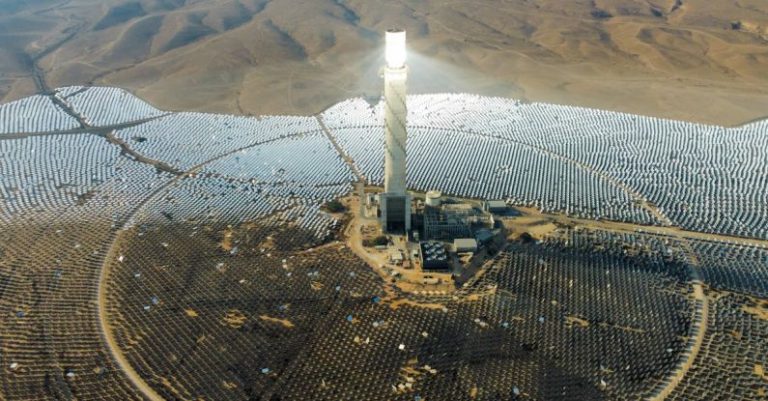The Advantages of Using Composites in Coastal Construction
When it comes to coastal construction, the choice of materials plays a crucial role in ensuring durability, sustainability, and resilience against harsh environmental conditions. In recent years, composites have emerged as a popular alternative to traditional construction materials due to their unique properties and benefits. Composites are materials made from two or more constituent materials with significantly different physical or chemical properties. In the context of coastal construction, composites offer a wide range of advantages that make them an attractive choice for building structures in challenging coastal environments.
### Resilience to Corrosion
One of the primary advantages of using composites in coastal construction is their exceptional resilience to corrosion. Coastal environments are notorious for their high levels of saltwater exposure, which can quickly degrade traditional building materials like steel and concrete. Composites, on the other hand, are inherently resistant to corrosion, making them an ideal choice for structures exposed to saltwater, humidity, and other corrosive elements. This corrosion resistance not only extends the lifespan of the structures but also reduces the need for frequent maintenance and repairs, saving both time and money in the long run.
### Lightweight and High Strength
Composites offer an excellent strength-to-weight ratio, making them lighter and stronger than many traditional construction materials. This lightweight nature of composites not only simplifies the construction process but also reduces the overall load on the foundation and support structures. In coastal areas prone to erosion and shifting soil conditions, the use of lightweight composites can help mitigate potential structural issues and ensure the stability of the building over time. Additionally, the high strength of composites allows for the design of slender and aesthetically pleasing structures without compromising on structural integrity.
### Design Flexibility and Versatility
Another significant advantage of using composites in coastal construction is their design flexibility and versatility. Composites can be molded into virtually any shape, allowing architects and engineers to create innovative and customized structures that meet specific design requirements. Whether it’s curved facades, intricate geometries, or seamless transitions between indoor and outdoor spaces, composites offer endless possibilities for creative architectural expressions. Moreover, composites can be easily combined with other materials to enhance their performance and functionality, further expanding the design options available to construction professionals.
### Environmental Sustainability
In an era where sustainability is a top priority for the construction industry, composites offer a compelling advantage in terms of environmental impact. Many composites are made from recycled or renewable materials, reducing the reliance on virgin resources and minimizing the carbon footprint of the construction process. Additionally, composites are highly durable and long-lasting, meaning that structures built with composites have a longer service life and generate less waste over time. By choosing composites for coastal construction projects, builders can contribute to a more sustainable built environment and reduce the ecological footprint of their projects.
### Cost-Effectiveness
Despite their advanced properties and benefits, composites can also offer cost-effective solutions for coastal construction projects. While the initial cost of composites may be higher than some traditional materials, the long-term savings in maintenance, repairs, and replacement can outweigh the upfront investment. The durability and resilience of composites mean that structures built with these materials require less frequent maintenance and are less susceptible to degradation over time, resulting in lower life-cycle costs for the building owner. Additionally, the lightweight nature of composites can lead to reduced transportation and installation costs, further enhancing their cost-effectiveness in coastal construction applications.
### Sustainable Future in Coastal Construction
As the demand for resilient and sustainable coastal structures continues to grow, the advantages of using composites in construction are becoming increasingly apparent. From corrosion resistance and lightweight strength to design flexibility and environmental sustainability, composites offer a host of benefits that make them a preferred choice for coastal construction projects. By leveraging the unique properties of composites, builders and designers can create resilient, efficient, and visually striking structures that withstand the challenges of coastal environments while contributing to a more sustainable future for the construction industry.






